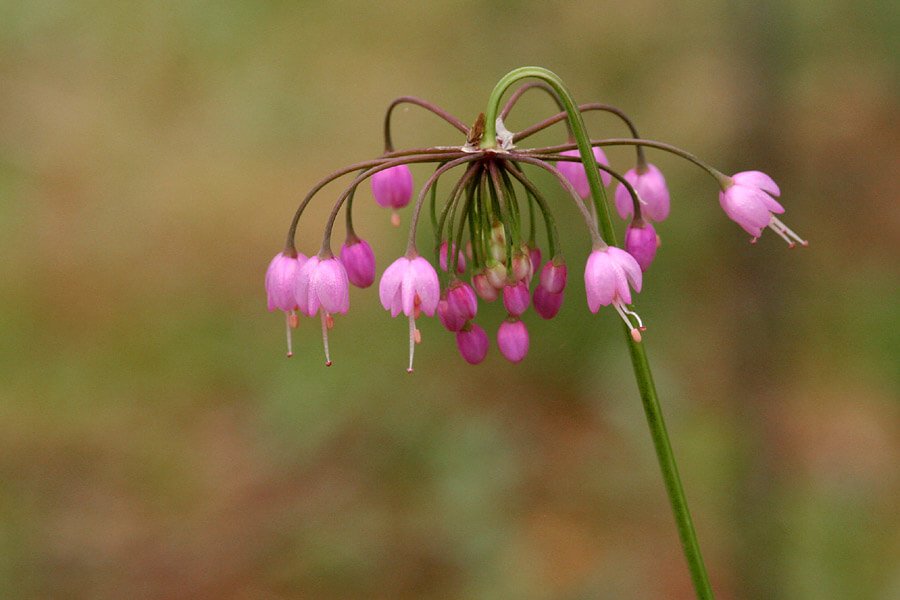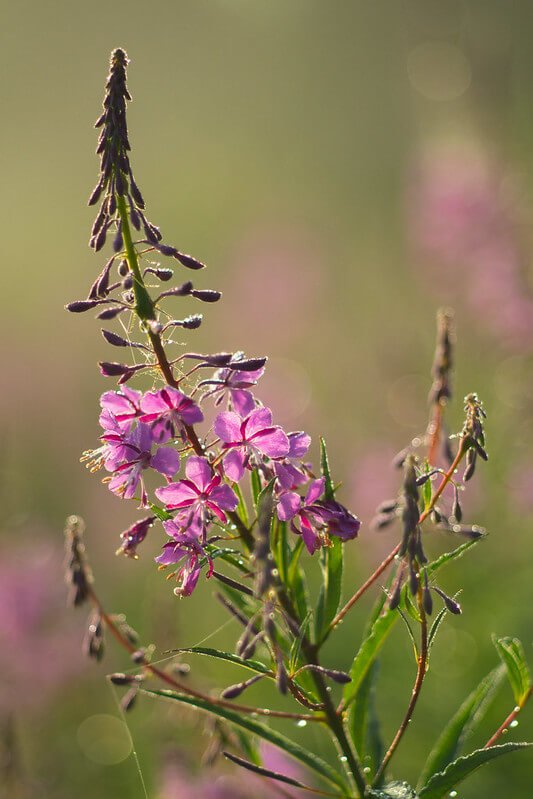Life Cycle: Perennial
Sun Exposure: Full, but might be able to handle some partial sun
Soil Moisture: Medium/wet-Medium/dry
Height: 5 feet
Plant Spacing: 2-3 feet
Bloom Time: June - August
Bloom Color: White
Advantages: Pollinator Favorite, Bird Favorite, Deer Resistant, Rain Garden, Great landscaping plant
Host Plant: 3 species of butterflies and moths use this as a caterpillar host plant in our area (nwf.org)
Complementary Plants: Common Ironweed, Swamp Milkweed, Blue Vervain, Spotted Joe-Pye Weed








